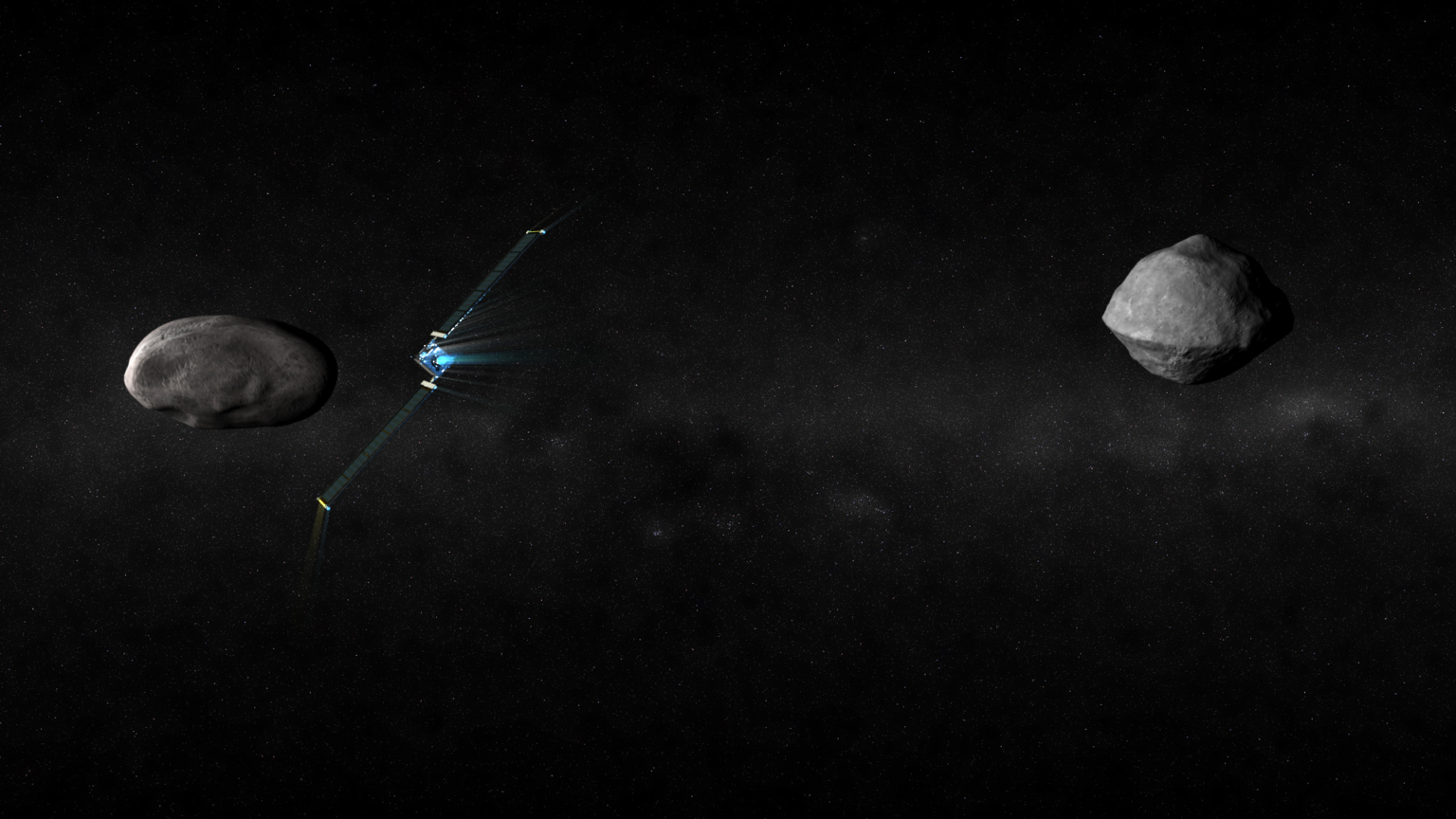Today, on September 26, the DART spacecraft will collide with the Dimorphos asteroid. Its media coverage with expert comments will be broadcast on the NASA page and their official Youtube stream.

Today DART will crash into an asteroid
The DART space mission is nearing its peak. On Monday, September 26, at 11.00 p.m. GMT+3, a probe the size of a car should crash into the asteroid Dimorphos. This will be a planned collision carried out as part of an experiment to change the orbit of space bodies dangerous to the Earth.
The broadcast of the event will take place on the NASA website on the official channel of this organization on YouTube. More precisely, it will be a broadcast from the mission control center, which can only be supplemented from time to time with images from space.
The device has a Gecko camera from Dragonfly, the founder of which is a Ukrainian Max Poliakov. In addition, several spacecraft, including two orbital telescopes, will observe the collision from a distance. But most of these frames are likely to be available after the collision.
Also, for a non-specialist, a lot of things in the broadcast may not be clear. Therefore, it will be accompanied by comments. And already at 1.00 a.m. on Tuesday, a briefing of the mission leaders will be broadcast on the same channel, who will share its first results.
Why is this mission so important?
The entire DART device is called the Double Asteroid Redirection Test. It went into space on November 24, 2021. Its collision with the Dimorphos, a moon of the asteroid Didymos, is not just for the sake of a beautiful spectacle. This is an experiment that will answer the question whether we can effectively change the trajectory of asteroids threatening the Earth with a collision.
Unfortunately, people will not soon be able to send a mission to a dangerous asteroid that could put atomic charges inside it and blow it up. But this is not necessary, because it is much easier to give it a small impulse that will make the heavenly stone fly past our planet.
And it is to measure how effectively we can transmit this pulse to the DART target of the Didymos-Dimorphos binary asteroid. Most likely, the collision will not significantly change the trajectory of this pair around the Sun. But the change in the nature of the moon’s rotation around the head body should be very noticeable.
According to www.nasa.gov
Follow us on Twitter to get the most interesting space news in time
https://twitter.com/ust_magazine

